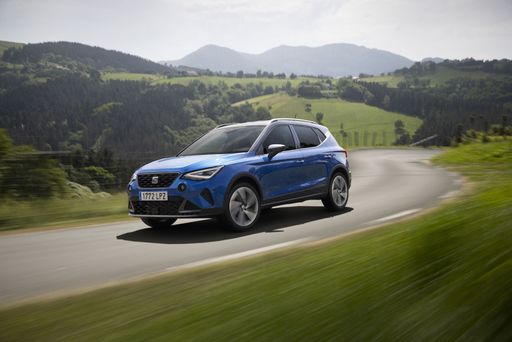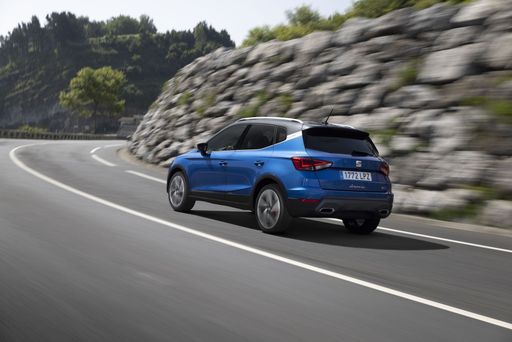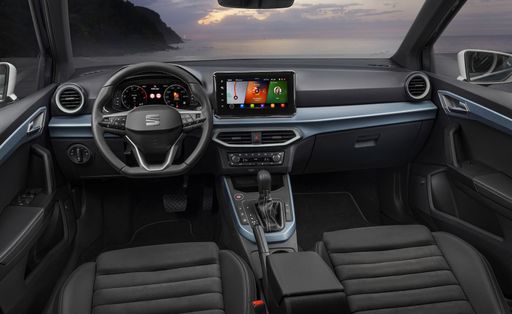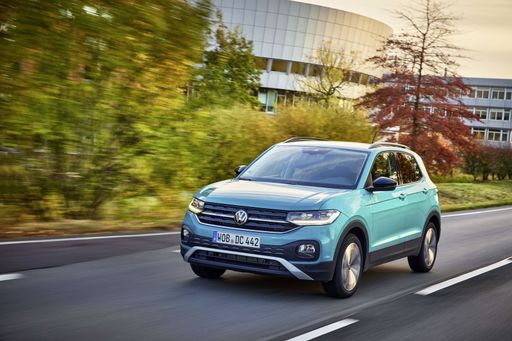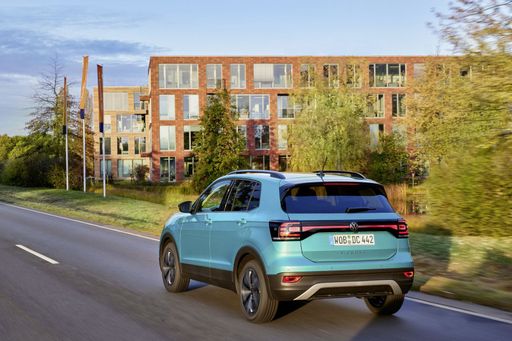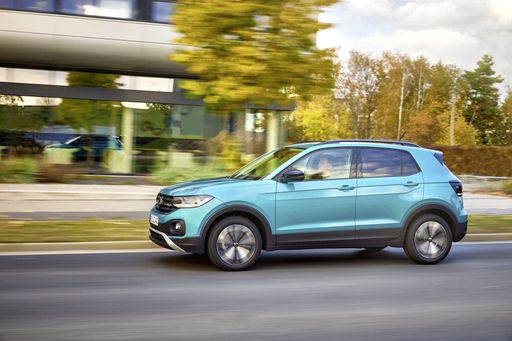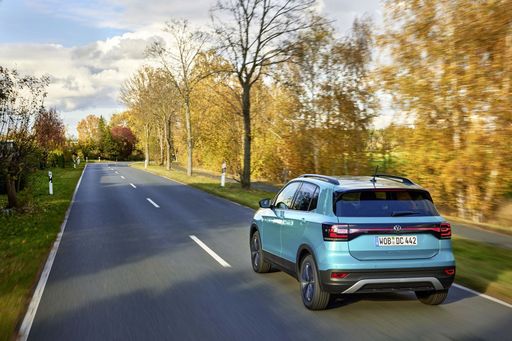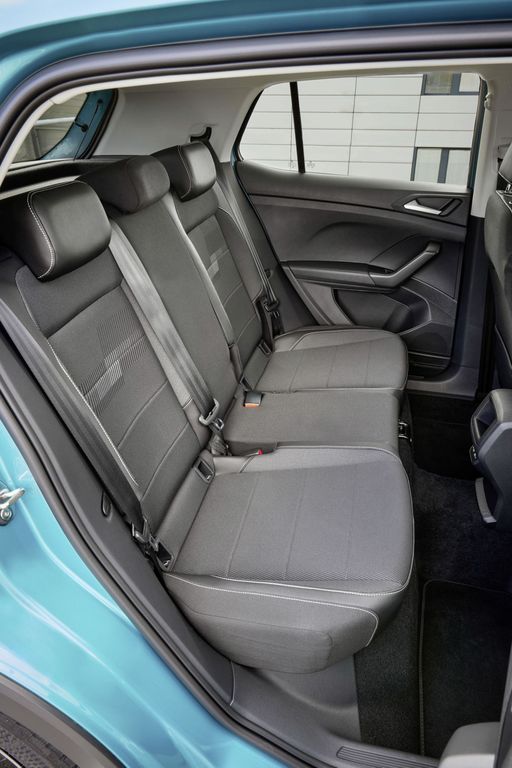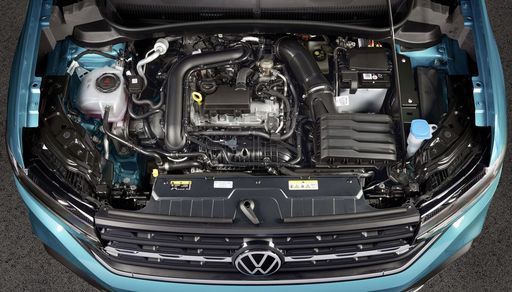Introduction: A Clash of Compact SUVs
In the competitive automotive landscape, the compact SUV segment has become increasingly popular among consumers seeking a balance of style, practicality, and performance. Among the noteworthy contenders are the SEAT Arona and the VW T-Cross, both offering a unique blend of technology, comfort, and dynamic driving experiences. This article aims to provide a comprehensive comparison of these two models, focusing on their technical aspects and innovative features.

